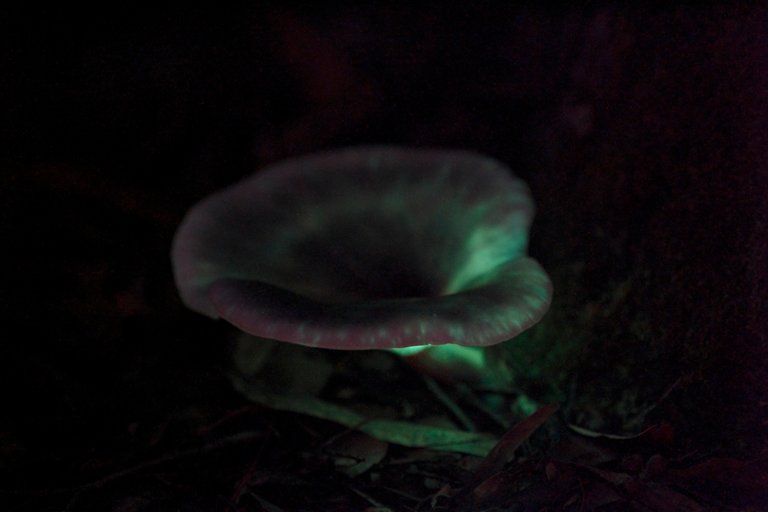It is no doubt that we are familiar with fungi as we see them in our meal, our refrigerators and even on fields, but there are chances that you haven't seen that much fungi in your lifetime, because most fungi are difficult to spot as research shows that they are majorly invisible.
On a contrary to what you believe that fungi are the closest to plants so they are visible, most aren't visible. These fungi are a member of the "Dark Fungal Taxa" or the "dark matter fungi". Just as you must have thought, these fungi were name after black matter since we know that dark matter exists but cannot see them. While this one are completely invisible, even the ones we can see with our naked eyes at the surface have a lot of parts that cannot see with our naked eye. For instance, while the mushroom is what we can see, the Mycelium is usually hidden underground. While some fungi can be seen on the surface, a lot cannot be seen because they are beneath the soil and they will never grow fruiting buddings above the ground.
While we can say that the surface and underground fungi have certain life stages till the mature and die, the dark fungi doesn't have any life stage structure that can be pointed to and these fungi can be found only when traces of their DNA is being investigated. With scientists researching on fungi DNA, Dark Fungi has become the highest amount of fungi found in the last few yearsin soil.
While you might think that there are no much fungi species, there are about 11 million fungi species currently identified, with only about 150 thousand fungi to have been described leaving us with millions of fungi that we do not know much about. Since dark fungi are dark as we refer to them, then we need to get a way to find them because we need to identify their function. Lots of Dark fungi are parasitic in nature, found in early evolutionary branches which makes them parasitic. They do this because they lack the genetic material to live freely and so depend on the genetic material of other organisms to survive.
Since this fungi rely on their host to perform almost everything, it is difficult to culture them in lab just as it is difficult to match whatever DNA they find in an environment to the what they find from the same soil when cultured in the lab. So naming, identifying, and giving characteristics to these fungi is very difficult. This is because it is very difficult to culture and so they are left alone and not named.
The vast, largely invisible world of dark matter fungi presents a fascinating yet challenging frontier for mycologists and biologists. While we are familiar with only a fraction of the estimated millions of fungi species, understanding these hidden fungi is crucial. They play essential roles in various ecosystems, often as parasites, and their study could reveal much about fungal evolution and ecology. However, the inherent challenges in culturing and identifying these elusive species mean that much of the fungal kingdom remains a mystery, awaiting future scientific exploration and discovery.
Read More
- https://www.biomedcentral.com/collections/Darkfungi
- https://www.gbif.org/news/2LrgV5t3ZuGeU2WIymSEuk/adding-sequence-based-identifiers-to-backbone-taxonomy-reveals-dark-taxa-fungi
- https://www.ffungi.org/blog/dark-taxa-and-new-discoveries
- https://www.ncbi.nlm.nih.gov/pmc/articles/PMC5904500/
- https://link.springer.com/article/10.1007/s13225-022-00502-3

